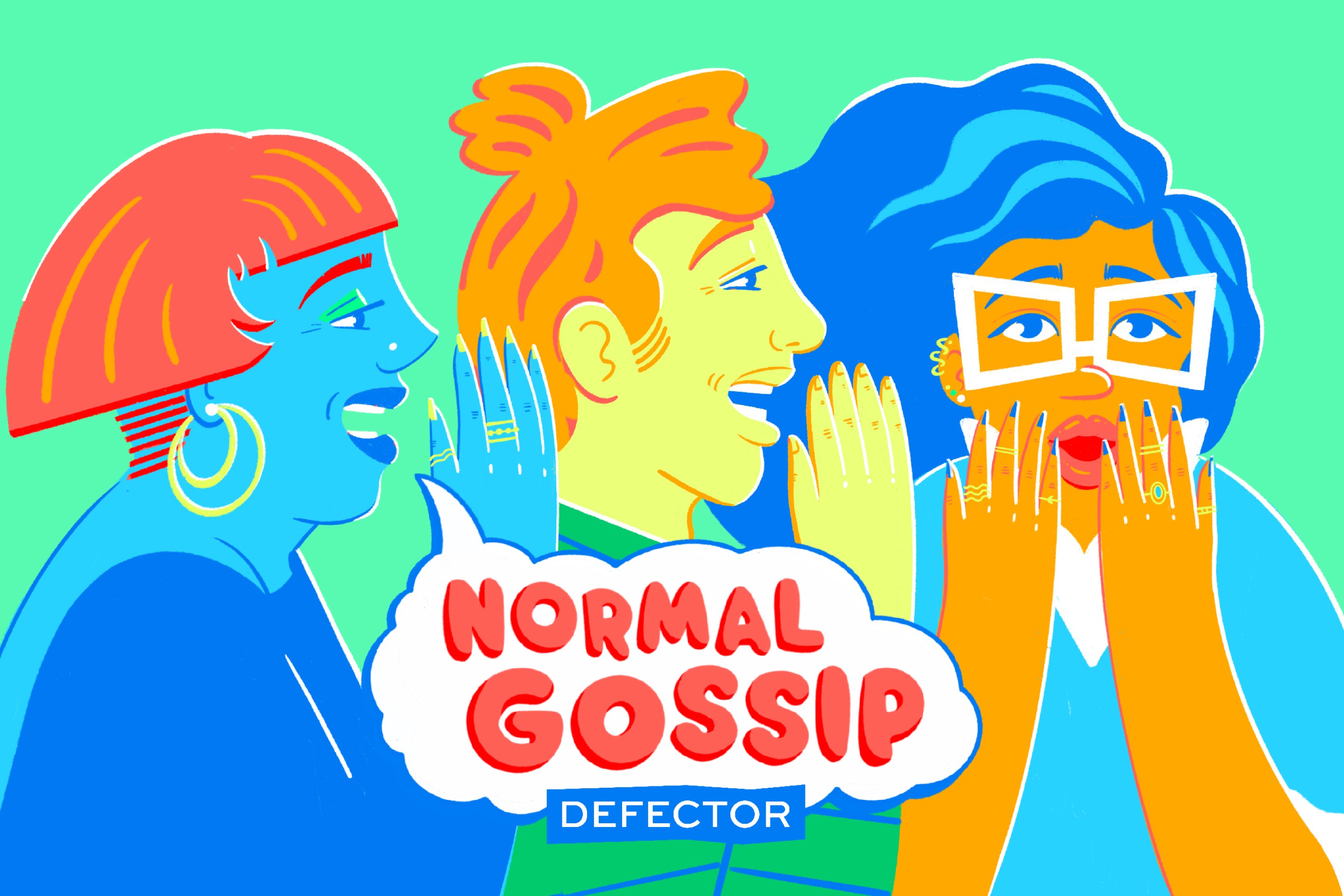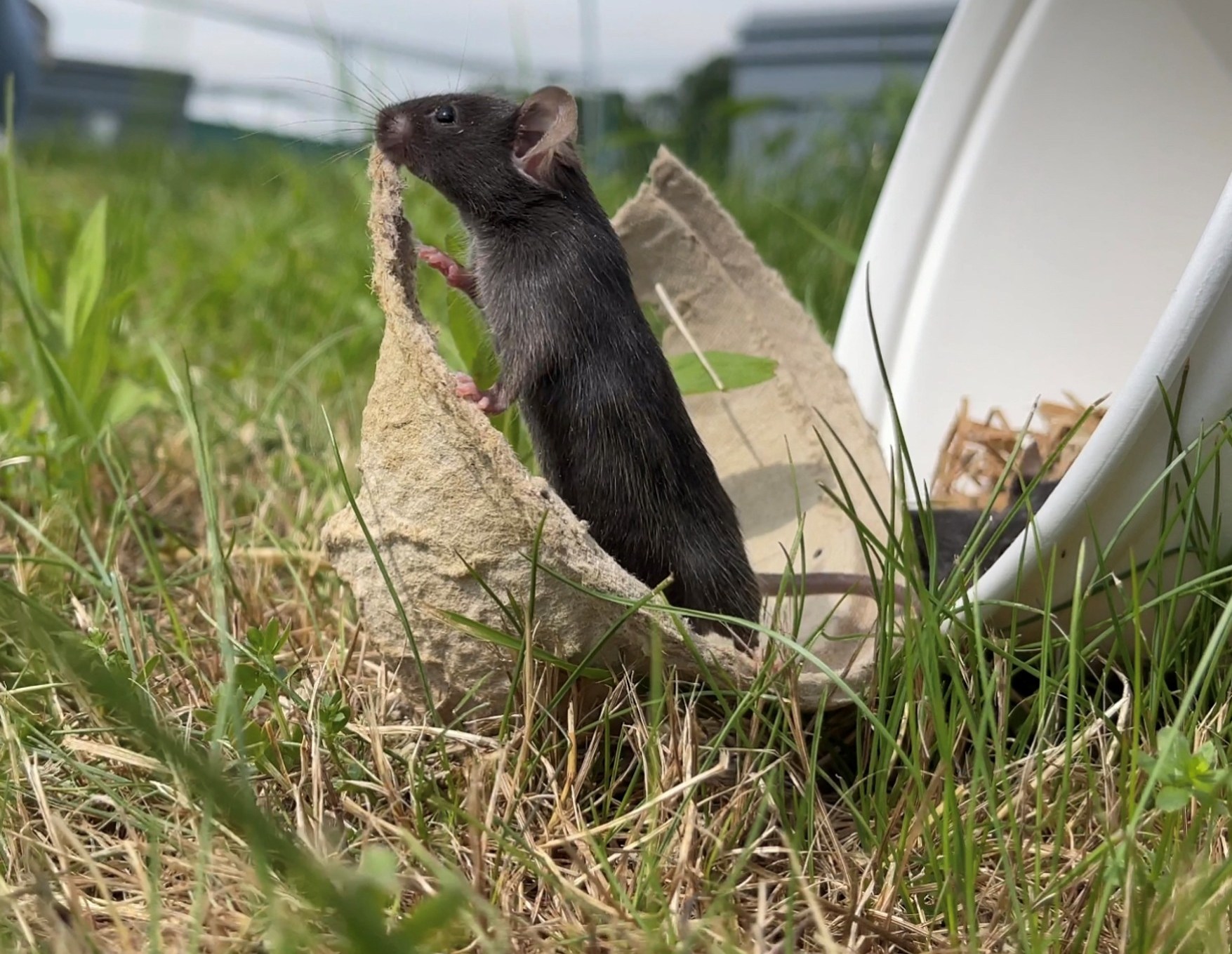I love my hair. It looks like a fancy dog’s ears. My friend calls it “magic hair.” Everyone I talked to said my hair was incredible. Strangers have compared me to multiple pro wrestlers, Brad Pitt, Kurt Cobain, and Jesus Christ. These are all incredible comps. People see the hair and feel compelled to tell me I remind them of a person famous for being handsome or the literal Lord and Savior.
So you can understand why it might be a front-of-mind concern for me now that I’m losing it. Ah. Well.
I’d never heard of neuroendocrine cancer before doctors told me I had it. By the summer of 2024, the original tumor in my pancreas had spread to my liver, lymph nodes, and bones. “He has a massive tumor burden and impending liver failure and needs urgent intervention to prevent death,” a doctor wrote.
In the last year I’ve had monthly shots, three liver surgeries, four courses of radiation, and 25 blood tests. There have been side effects: the hair, sure, but also constant fatigue and joint stiffness. The interventions have battered me mentally and physically. I take a cocktail of drugs for that (and for my cat allergy). I am living with neuroendocrine cancer. I am hopeful, even confident, that this will be true for a long time. Let me tell you a little about my new life.
Neuroendocrine tumors are hard to detect; it takes an average of five to seven years for a proper diagnosis. I probably had cancer for a decade before finding out. Neuroendocrine tumors are sometimes abbreviated to NETs; pancreatic neuroendocrine tumors are PanNETs, and can also be called islet cell tumors. Sometimes doctors use the words insulinoma or VIPoma, names that reference the hormones that NETs secrete. Pancreatic NETs are not the same as pancreatic adenocarcinoma, the cancer that accounts for more than 90 percent of pancreatic tumors. According to the Neuroendocrine Cancer Foundation, seven in 100,000 people are diagnosed each year.
It's complicated to explain the name of my cancer, and even harder to describe it. Here’s how my wife Jan described me, according to the foundation’s NET elevator speech worksheet: “My husband was diagnosed in 2024 with well-differentiated, grade 2 (Ki-67 index of 5.4 percent) nonfunctional pancreatic NET with metastases to the liver, lymph nodes, and bones.” This worksheet is meant for talking to people familiar with neuroendocrine cancer; it is hard to simplify. I have been researching it for a year and am still not sure about a lot. Generally I just say I have neuroendocrine cancer, then move on to talking about the cool hoodie my wife got me. It has zippers down the sleeves.
As for the treatment I received, I’ll let Jan handle it again: “My husband has had surgery, somatostatin analog (lanreotide), and PRRT.” When I received my diagnosis, I did not have much time to live. Doctors decided on a procedure called a bland embolization. They stuck a tube up my femoral artery into the liver, then injected a drug that blocks blood flow. I was awake for much of the surgery, breathing in and out so they could find the tumors using an ultrasound. It’s called “bland” because it can also be done with radiation or chemo, but bland embolization works quickest, and by then my liver was 80 percent tumors. I had this surgery three times, three weeks apart.
I also began receiving monthly shots of a drug called lanreotide, which targets the original tumor in my pancreas. This is delivered, in alternating buttcheeks, by way of a needle my wife described as “Looney Tunes-sized.” It does not hurt. In most cases, when it works it will simply freeze the tumor. I am lucky; my tumor has been shrinking.
After the surgeries I received peptide receptor radionuclide therapy. PRRT, approved in the U.S. in 2018, has fewer complications because it’s targeted. At first, the primary side effect from this treatment was boredom. The infusion took a full day at the hospital and left me radioactive. I had to spend five days isolated in my parents’ spare room, going out only for solo walks and trips to dead malls. After my third treatment, I noticed I had lost much of my leg hair, a rare but known side effect. The hair on the rest of my body began to thin out. The hair on my head, you already know about.
I consider myself incredibly fortunate. I live 20 minutes from the Hospital of the University of Pennsylvania, one of the best places for NET tumor treatment in the country. My doctors are experts and professors. The nurses and medical assistants and front desk people and security guards and pharmacists and cafeteria workers and parking attendants have all been great. There’s a guy at the pharmacy desk that I look forward to talking streetwear with again soon.
There’s more good luck: Jan is a public school teacher and has incredible health insurance; these extensive cancer treatments have only cost me around five grand. Defector has bent over backward to accommodate my condition: Bosses have been more than understanding, talented coworkers have picked up the slack, I’ve even been told I should “work less.” Jan has been everything. My son has been a constant inspiration. My parents are two of my best friends, and I talk to them every day. Jan’s parents have been incredible. My extended family, my friends, my colleagues, and even my cat have chipped in. I believe there are no other people on earth with my condition who are in as fortunate a situation. I am a 1/1. For the past thousand words you have been reading about a bad break I got, but if only everyone in my position had it this good.
Almost every bit of news I’ve received since the initial diagnosis is positive. I finished radiation in June. Doctors put me through a battery of new tests in August. The results are encouraging. Many of my liver tumors are dead or dying. My bone tumors seem frozen in place. I am no longer taking pain pills to survive the day. Here's some data: Chromogranin-A is a protein in the blood that, if high, probably means you have cancer. A year ago, my CgA levels were 6,063 nanograms per milliliter. Now they are 152 ng/mL. I am less fatigued. I am exercising. I interviewed a man who accidentally bought 10,400 Greg Briley baseball cards. I’m doing great.
Still, there is very little chance I will ever be cured. Some liver damage is irreversible. At best, this will be a chronic condition I monitor for the rest of my life, like the medication-induced diabetes I also now have. I continue to get monthly shots. I am probably not done with surgery and radiation. My life is an endless runner.
But I am going forward until I hit a cactus. Life is great. Work is fulfilling. My wife is gorgeous and perfect. My toddler is gorgeous and, somehow, even more perfect. Heck, I’m gorgeous again, too: The hair loss, doctors have assured me, is temporary.






